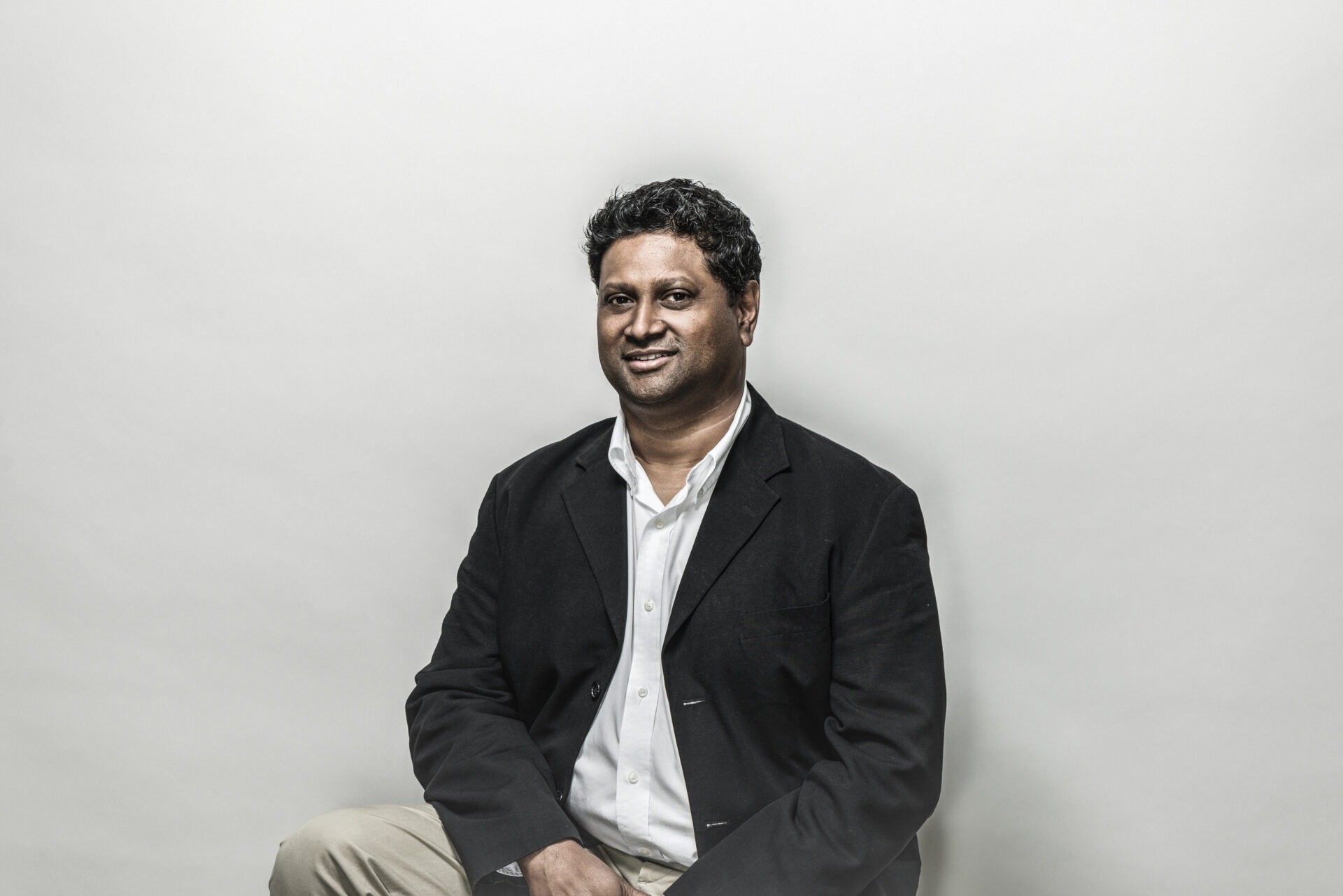Lassonde’s Global Navigation Satellite Systems Lab takes home four awards

Earlier this month, several awards were given to members of Lassonde’s Global Navigation Satellite Systems (GNSS) Laboratory at this year’s ION GNSS+ conference where four York University Technical papers were presented.
The ION GNSS+ is the world’s largest and most influential annual GNSS conference which brings together international leaders in GNSS and related fields to present new research, introduce new technologies, discuss policies and demonstrate and exchange ideas.
Details on the four technical papers presented at the conference are below. You can also find a link to the full abstracts here.
Accuracy Trend Analysis of Low-cost GNSS Chips: The Case of Multi-constellation GNSS PPP
Authored by: John Aggrey, Sunil Bisnath, Nacer Naciri, Ganga Shinghal and Sihan Yang
Details: This paper was presented during the “Low-cost High Precision GNSS Positioning” session of the conference. Earth and Space Science and Engineering PhD student, John Aggrey won the best presentation award for this session. The paper covered three questions:
- How has the accuracy of mass marketed low-cost receivers improved over the years?
- Given the quality of observations of relative low-cost sensors in contrast to geodetic grade receivers, what adaptive measurement weighting can be used to enhance the solution performance?
- Through multi-GNSS PPP processing, what performance metrics can the end user adopt as a guide when it comes to low-cost receiver applications?
Low-cost, Dual-frequency PPP GNSS and MEMS-IMU Integration Performance in Obstructed Environments
Authored by: Sudha Vana, Sunil Bisnath and Nacer Naciri
Details: This paper was presented during the “Aided GNSS and Sensor Fusion in Challenging Environments” session. The research in this paper analyzed and examined the integration of next-generation, low-cost GNSS and inertial sensors with so-called Precise Point Positioning GNSS measurement augmentation. In sky-obstructed environments, where GNSS usage can be severely hampered, the approach provided navigation solutions with approximately 30% greater accuracy than previously published work.
Use of PPP Processing for Next-generation Smartphone GNSS Chips: Key Benefits and Challenges
Authored by: John Aggrey, Sunil Bisnath, Nacer Naciri, Ganga Shinghal and Sihan Yang.
Details: During the “Scientific Uses of Raw GNSS Measurements from Smartphones” session, PhD student, John Aggrey won the best presentation award once again for the third York University paper presented at the conference. The goal of this paper was to determine how accurately we locate smartphone users without the need for any GNSS additional hardware. The challenges and benefits of processing multi-GNSS smart phone data in both static and kinematic PPP modes in open-sky and obscured urban environments are addressed.
Design and Development of an Improved Sensitivity Reconfigurable GNSS Receiver for Space-based Reflectometry.
Authored by: Surabhi Guruprasad
Details: The fourth article was presented in the “Atmospheric Science and Space Applications with GNSS” session. The main objective of this paper was to develop a reconfigurable GNSS-R receiver for soil moisture retrieval using commercial-off-the-shelf (COTS) components. The paper addresses the design and development of a real-time reconfigurable Global Navigation Satellite System (GNSS) receiver for space-based reflectometry. Guruprasad won both the best presentation award in this session as well as a Student Paper Competition award across all conference student submitted papers – an amazing (and very rare) achievement!
For more information on Lassonde’s Global Navigation Satellite Systems (GNSS) Laboratory you can reach out to Professor and Lab Director Sunil Bisnath from the Department of Earth & Space Science & Engineering.